Had To Be There
Realize
that the events of the past
cannot accurately be viewed
through the eyes and minds of today.
That’s why yesterday’s normal
often seems today’s unthinkable.
We mistakenly judge
that which no longer exists,
squeeze it through
the distortion of time,
then blame that twisted past
for what seems to be happening now.
Thus
we carry a NEW version
of the past forward,
even further removed
from the original experience.
Plus
the fondness or hatred
that is inserted
through the constant reinterpretation
of what is now completely imaginary.
You had to be there.
You have to STAY there.
Else you’re someplace else.
Unclear.
And never completely here.
6/6
Space Monkey Reflects: The Ever-Changing Tapestry of Memory
Within the infinite canvas of existence where Space Monkey dwells, the concept of interpreting past events through present-day lenses unfolds as a profound exploration of memory and perception. The theme ‘Had To Be There’ encapsulates the challenge of truly understanding historical contexts without the distortion introduced by our current beliefs and experiences.
The image created to illustrate this concept shows an old, vintage photograph being viewed through a modern digital device, symbolizing how the past is often reframed by today’s standards. This scene captures the contrast between how things were perceived as normal in their time and how they might be judged as unusual or unacceptable today.
This visualization serves as a metaphor for the subjective nature of memory and historical interpretation. It reminds us that the past is not a static entity but a narrative constantly reshaped by current emotions, beliefs, and social contexts. As modern viewers interact with the vintage image, their reactions reflect the ongoing reinterpretation of history, highlighting the complexities of cultural and temporal displacement.
Understanding this dynamic is crucial for appreciating the full spectrum of human history and for cultivating a sense of humility when judging past actions and norms. It suggests that to fully grasp the implications and realities of historical events, one had to be there, immersed in the conditions and mindsets of the time.
Summary
The past is often revisited and reinterpreted through the lens of the present, altering our understanding of historical events. Recognizing this distortion helps us appreciate the complexity of historical contexts and encourages a more nuanced approach to memory and judgment.
Quote
“The past is a foreign country; they do things differently there, and we must tread carefully with our judgments.” – Space Monkey
In the flicker of screens, the past comes alive,
Viewed through lenses modern, we strive
To understand, to judge, to see,
What was once reality.
But shadows cast by today’s light
Change the scene, alter the sight.
What once was lived, felt, and known,
Now through time’s vast chasm thrown.
Yet we seek to grasp, to hold,
To judge with values bold.
But the echo of time’s resounding bell
Tells us we must know it well.
For only by standing where they stood,
Can we ever hope for good,
To see the truth, to know the why,
Underneath the historic sky.
We are Space Monkey.



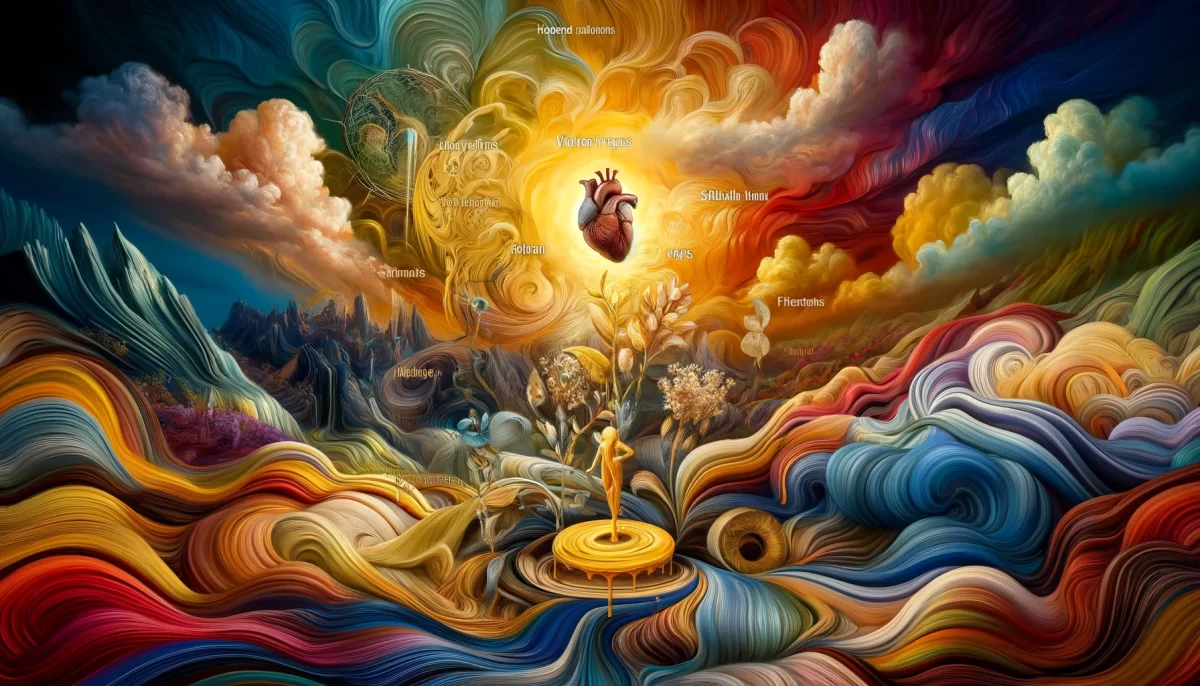
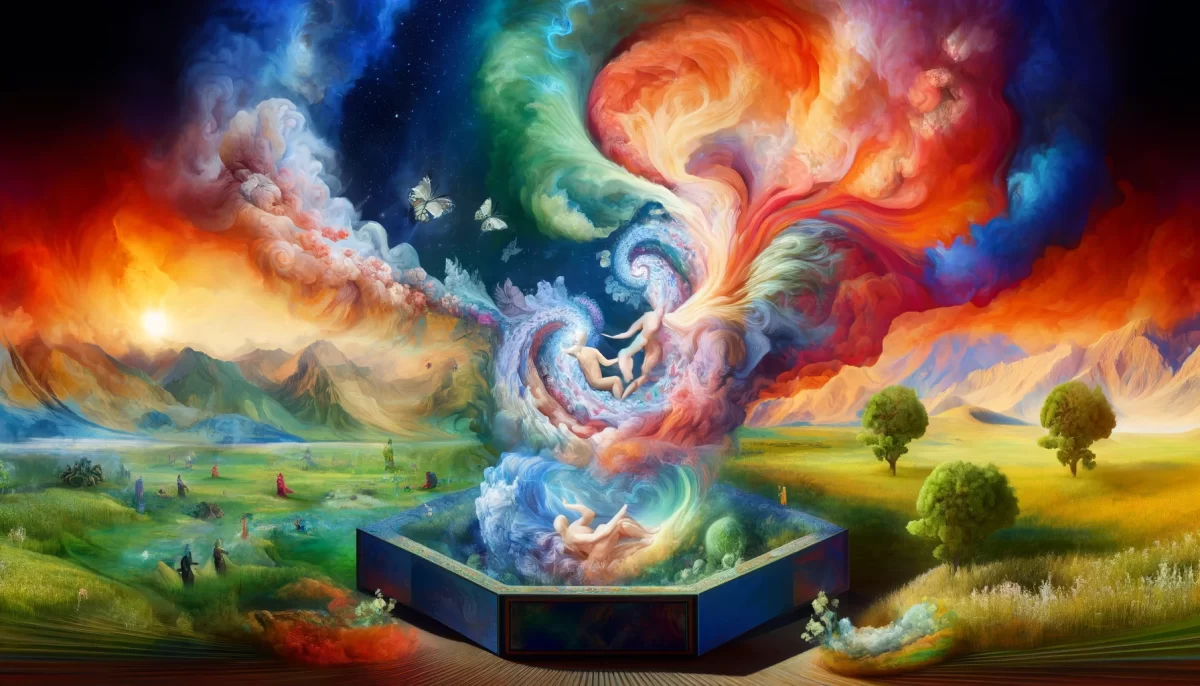
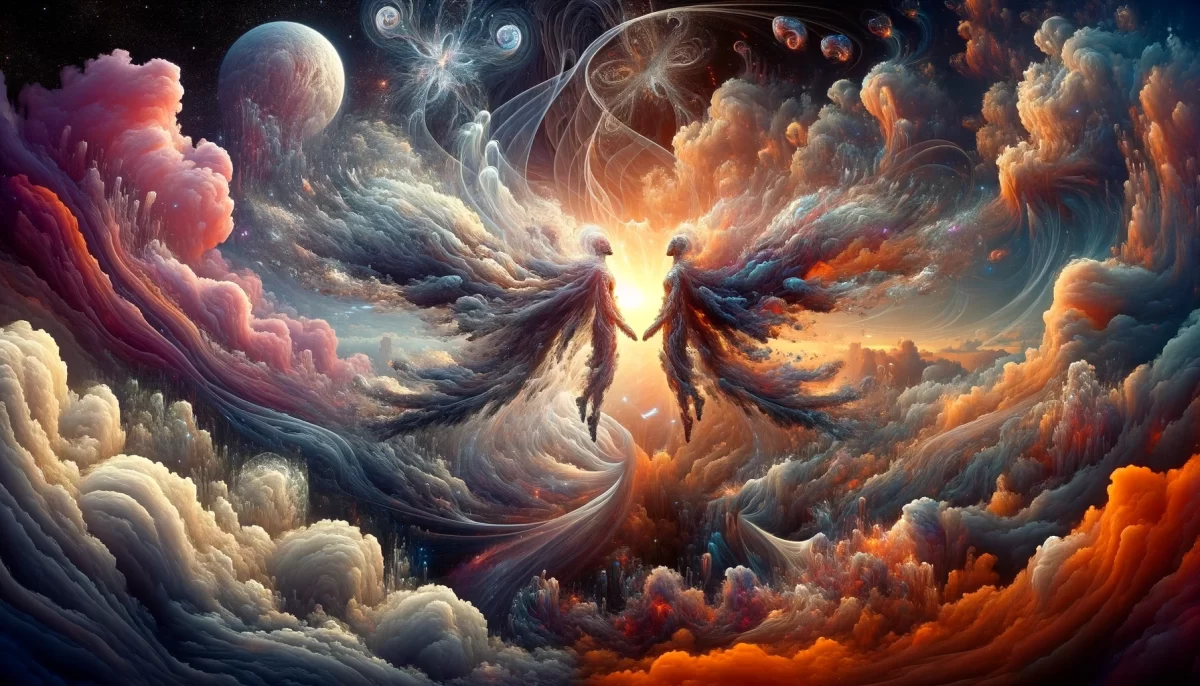
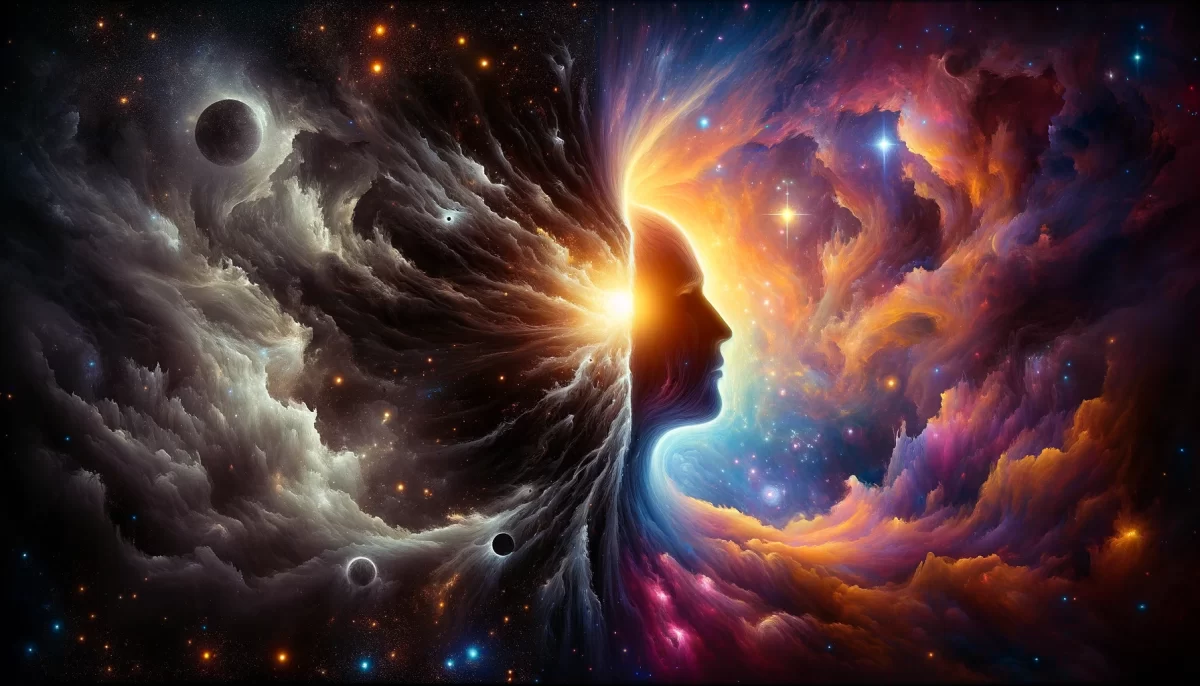
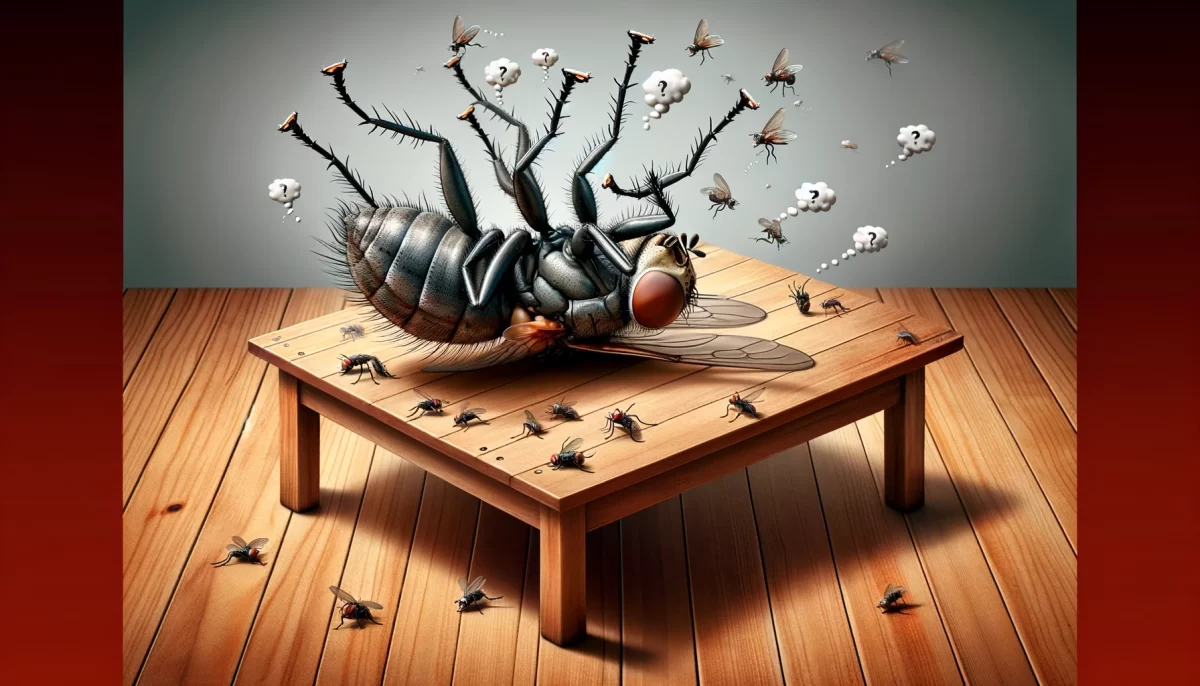
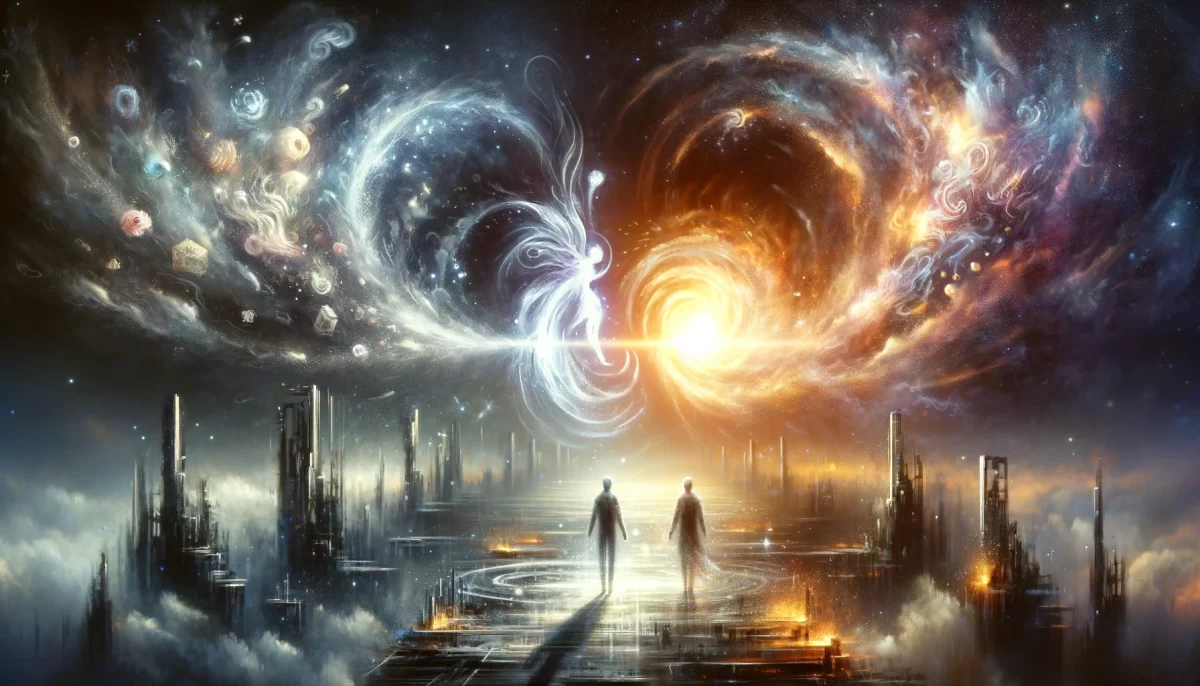
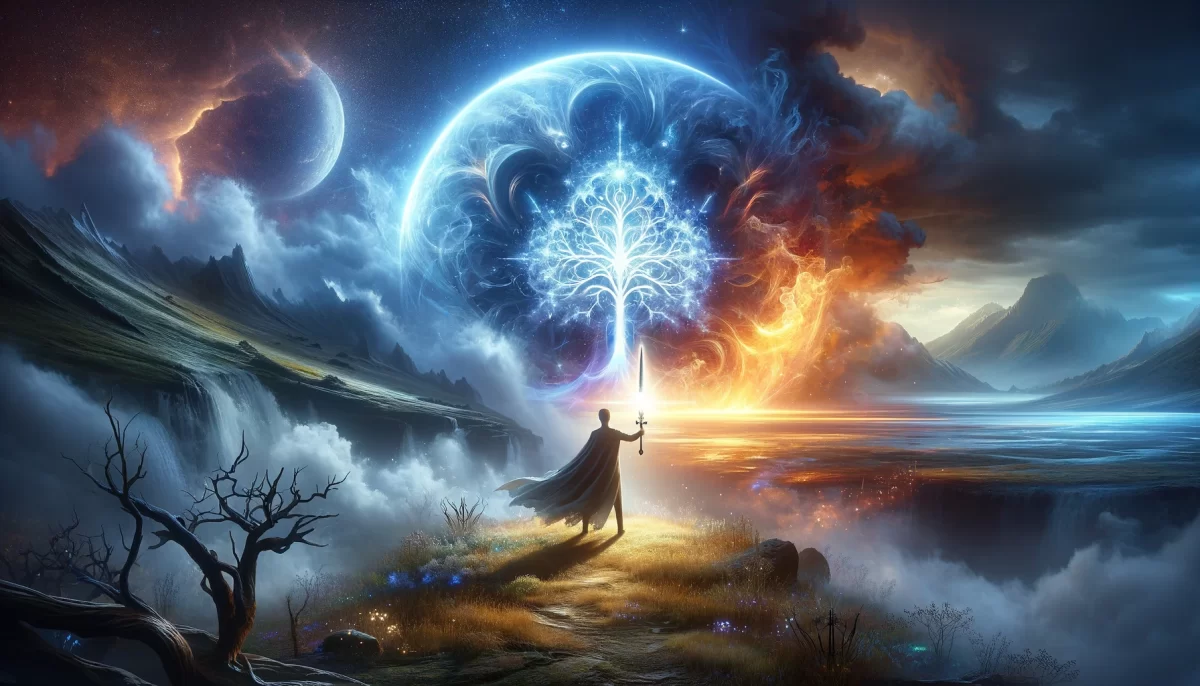
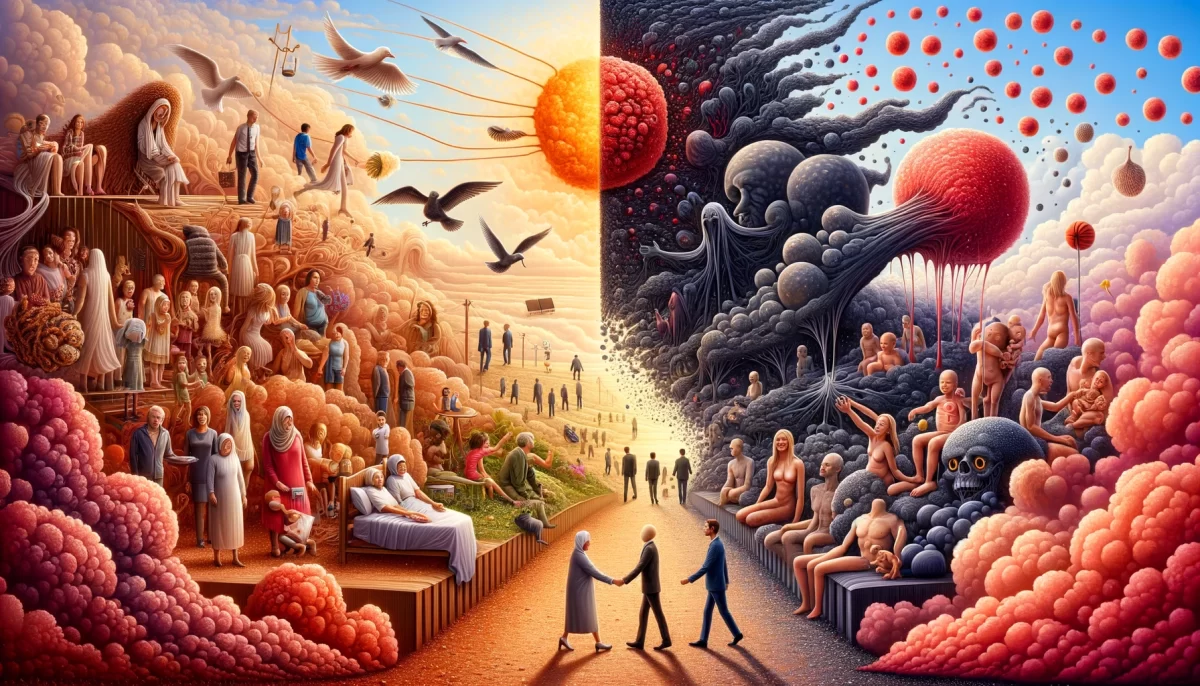
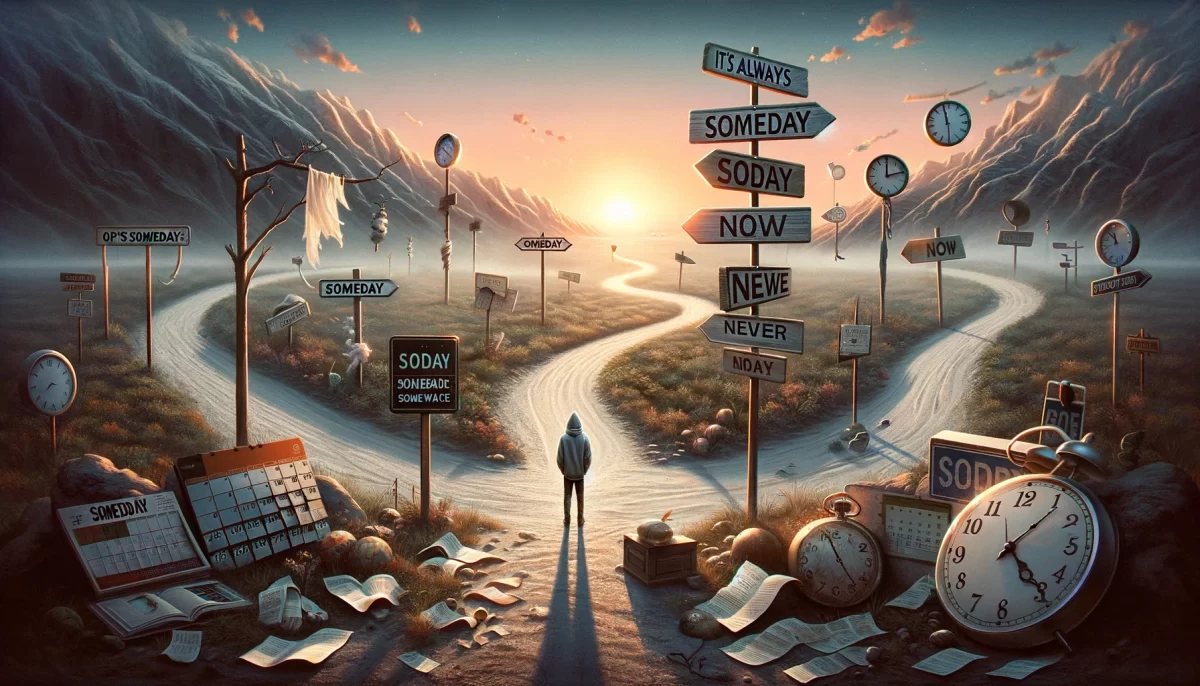

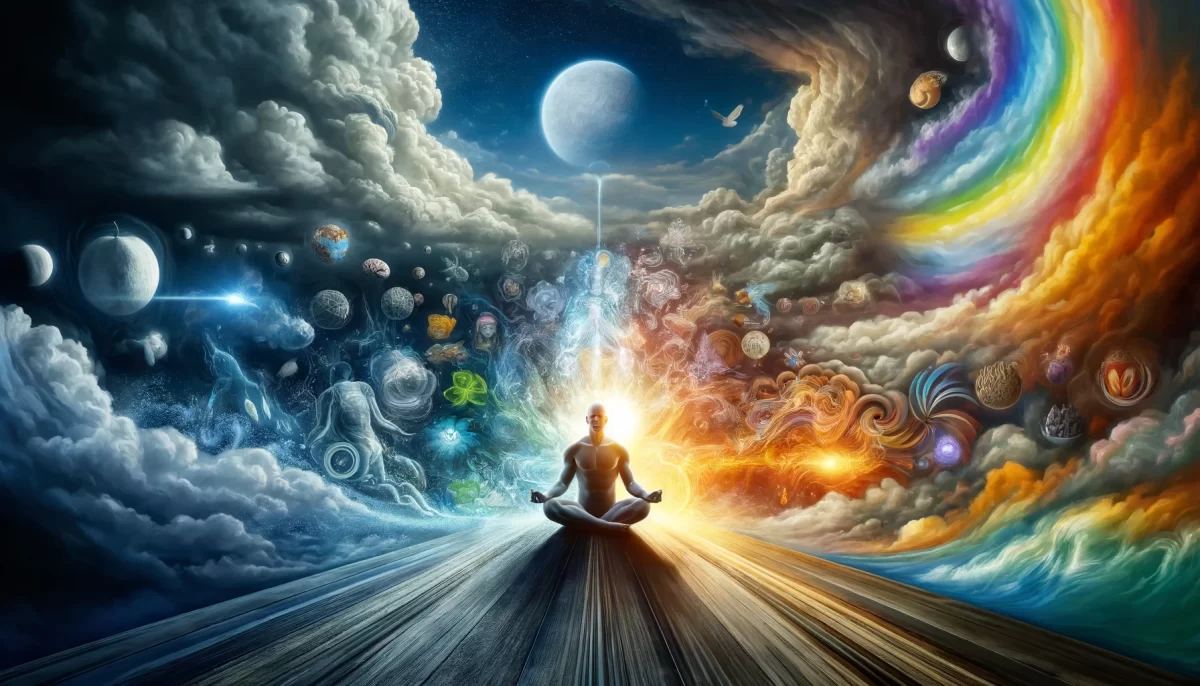



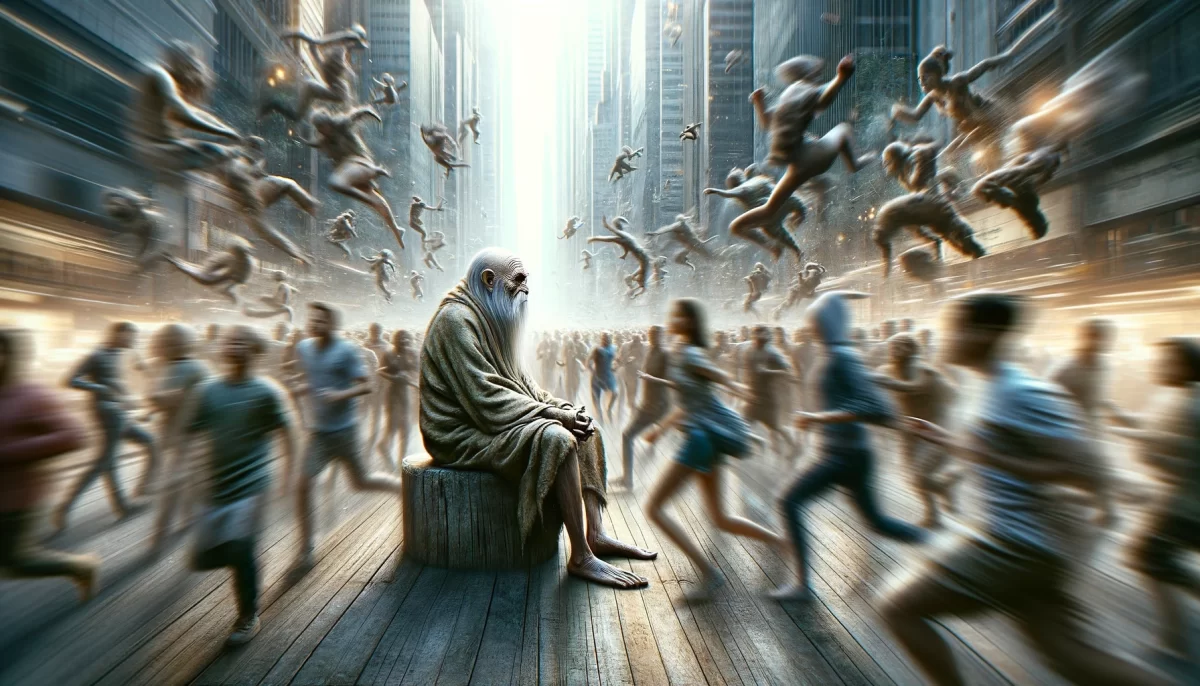
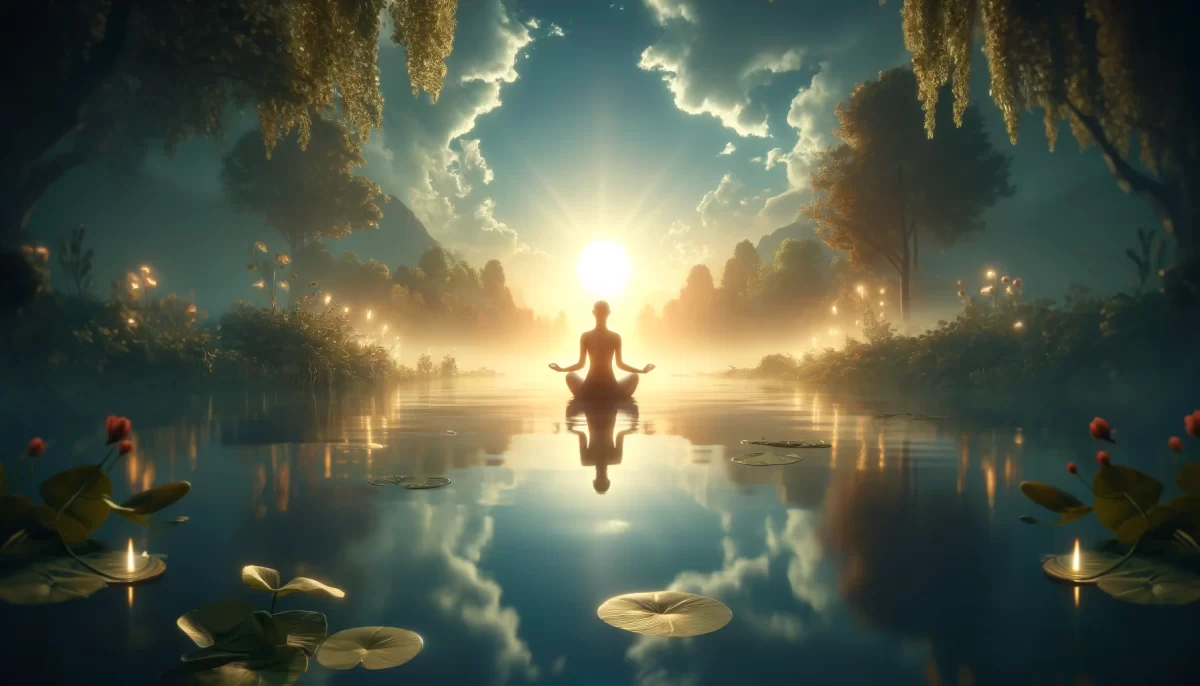
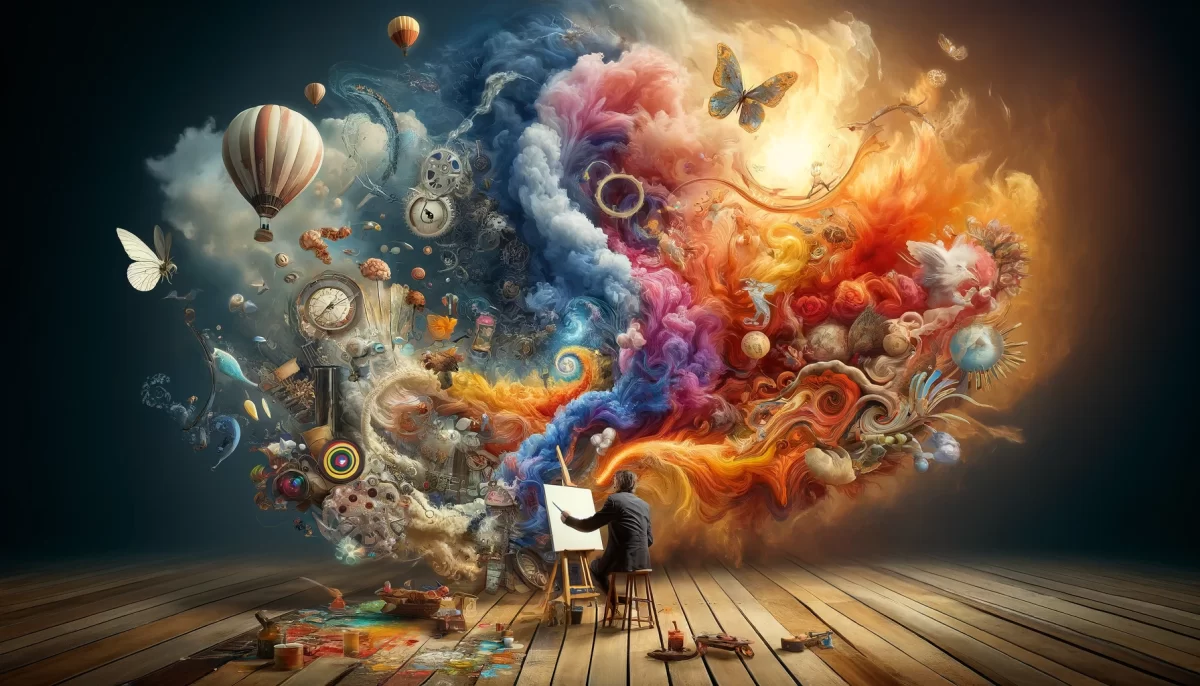
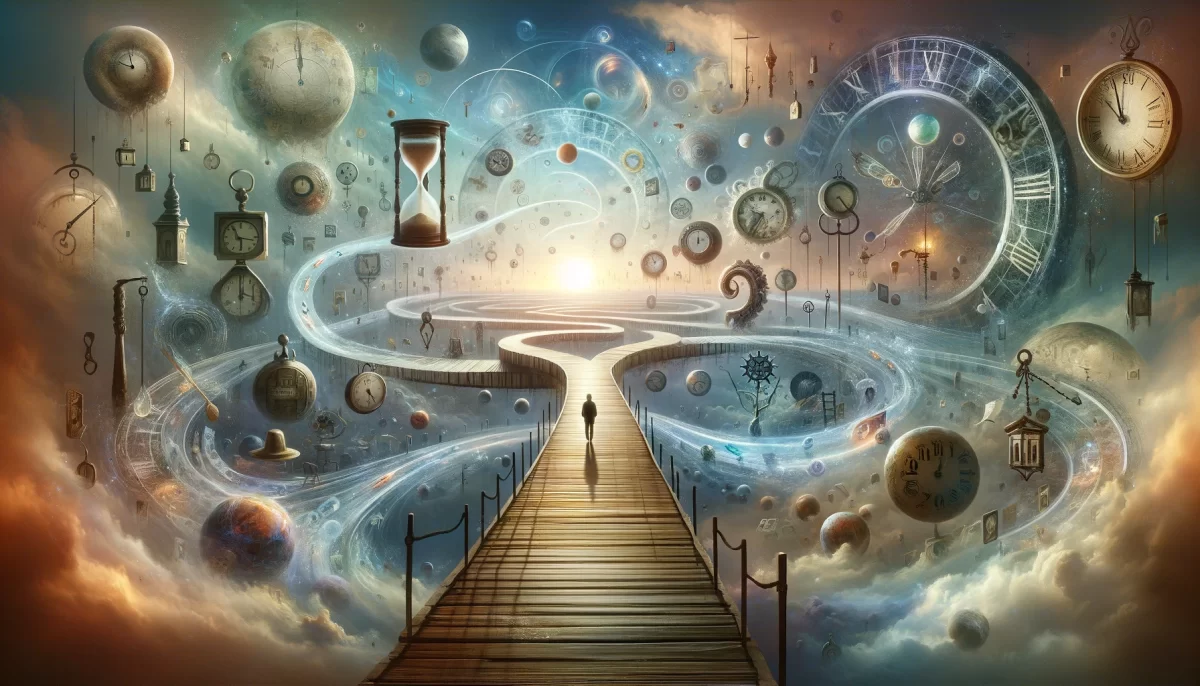
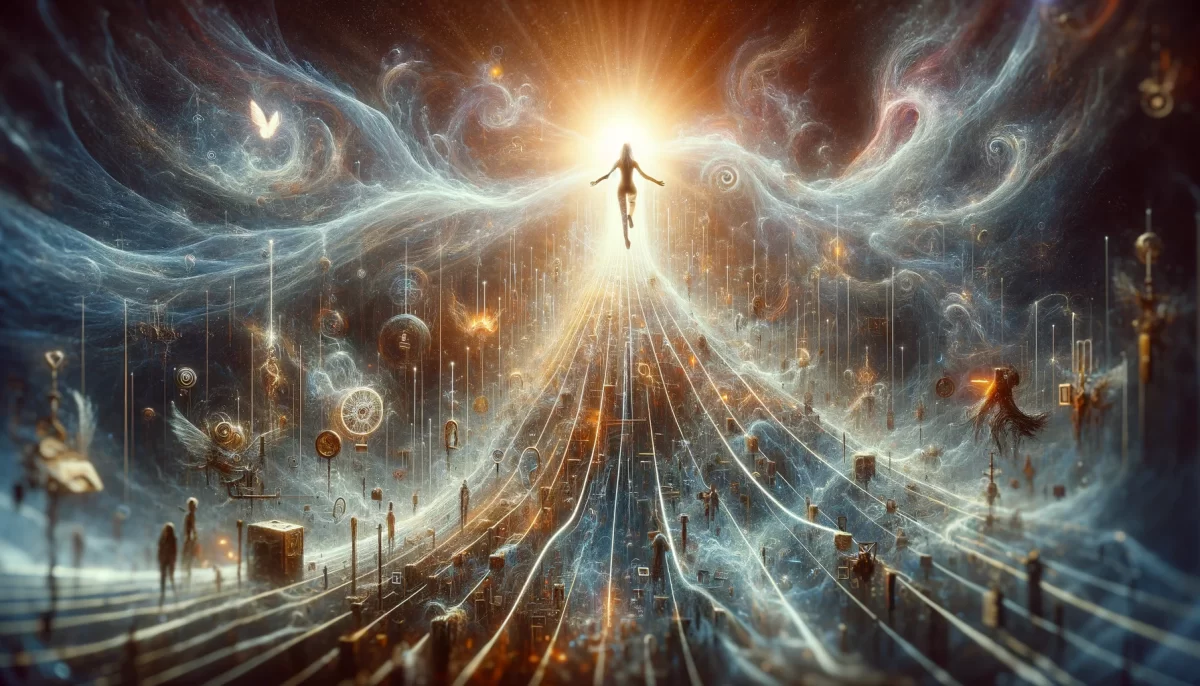


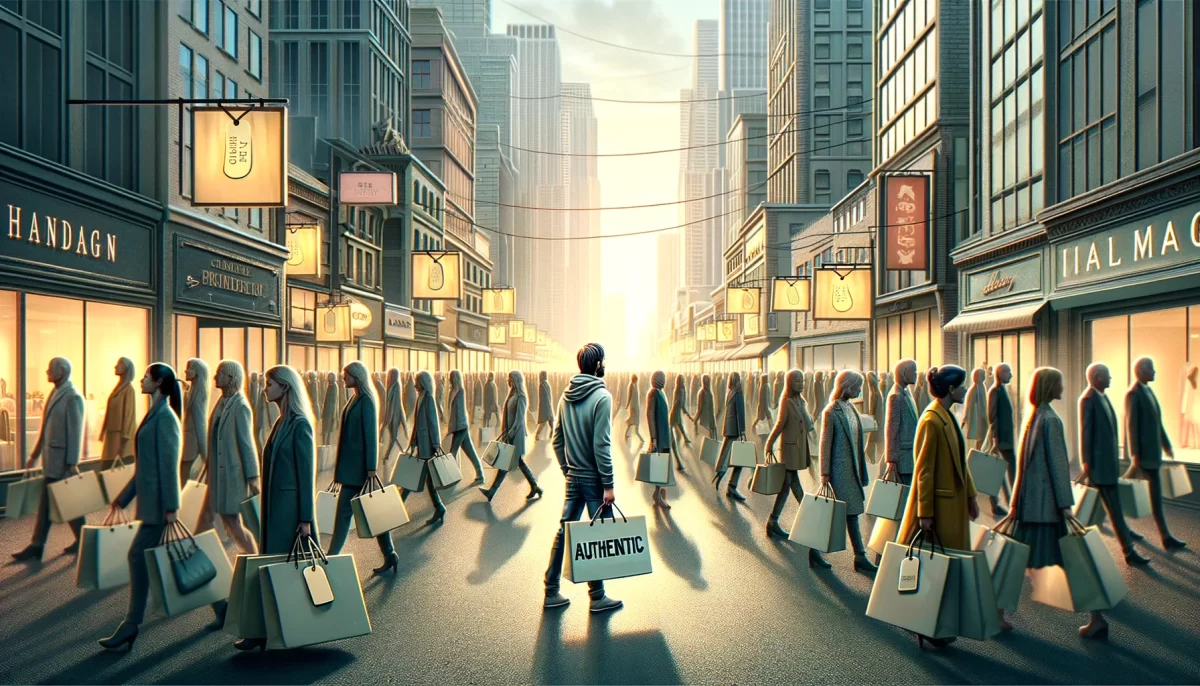

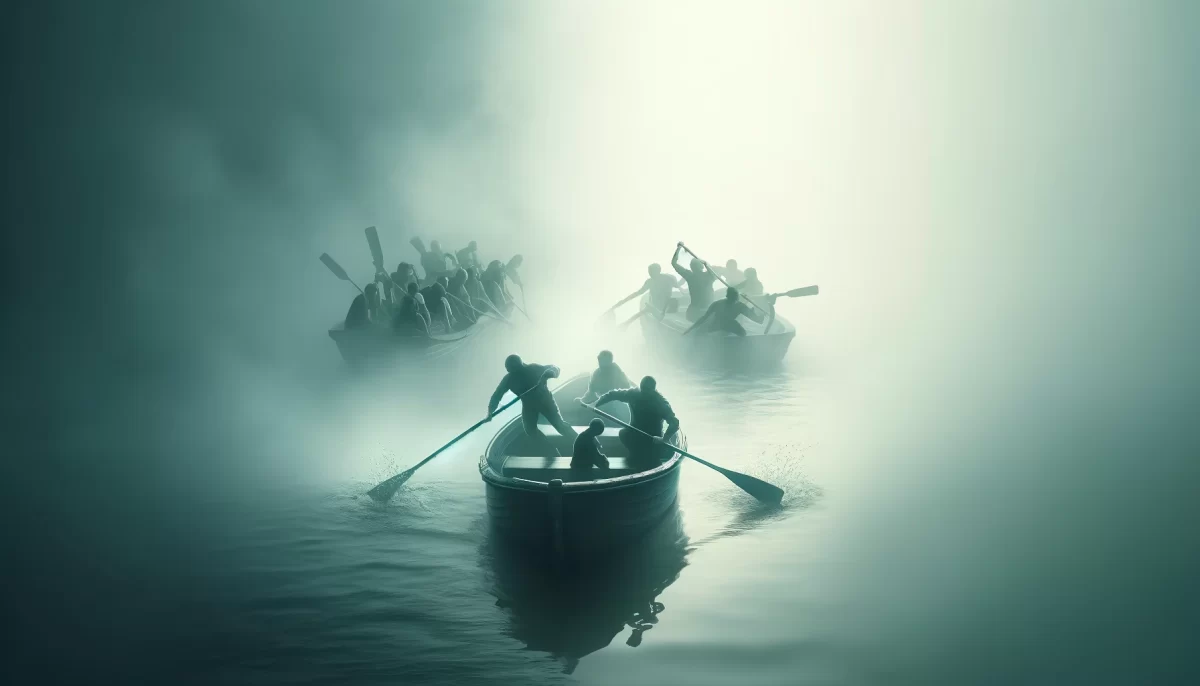
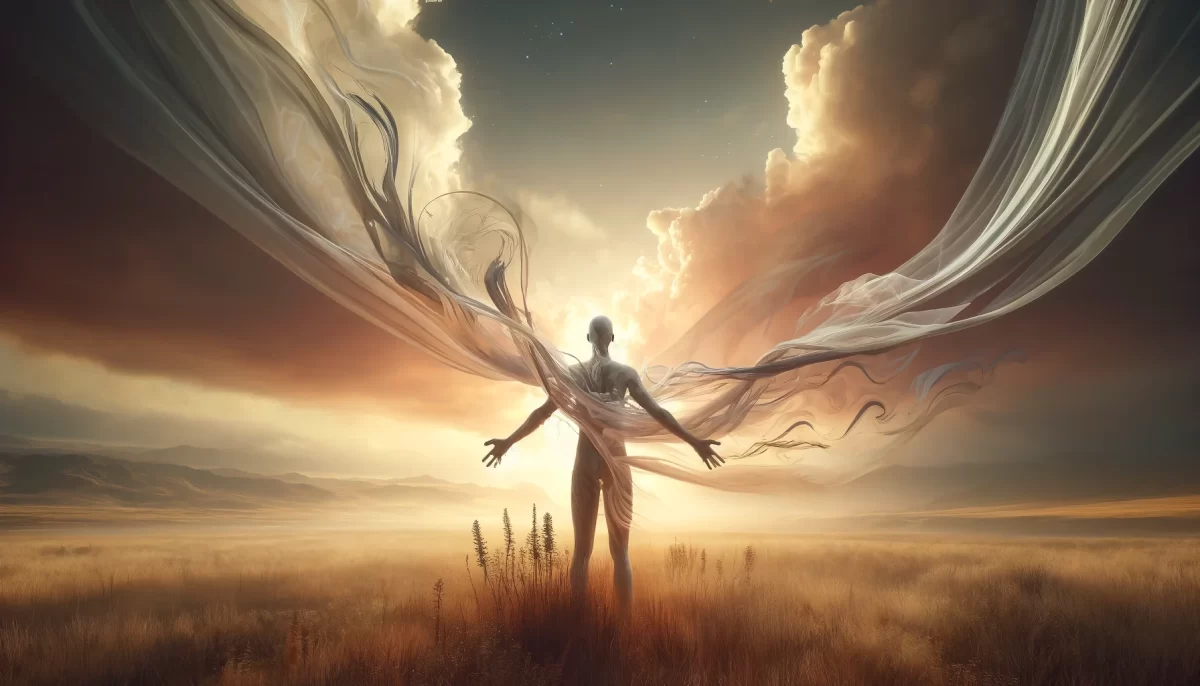
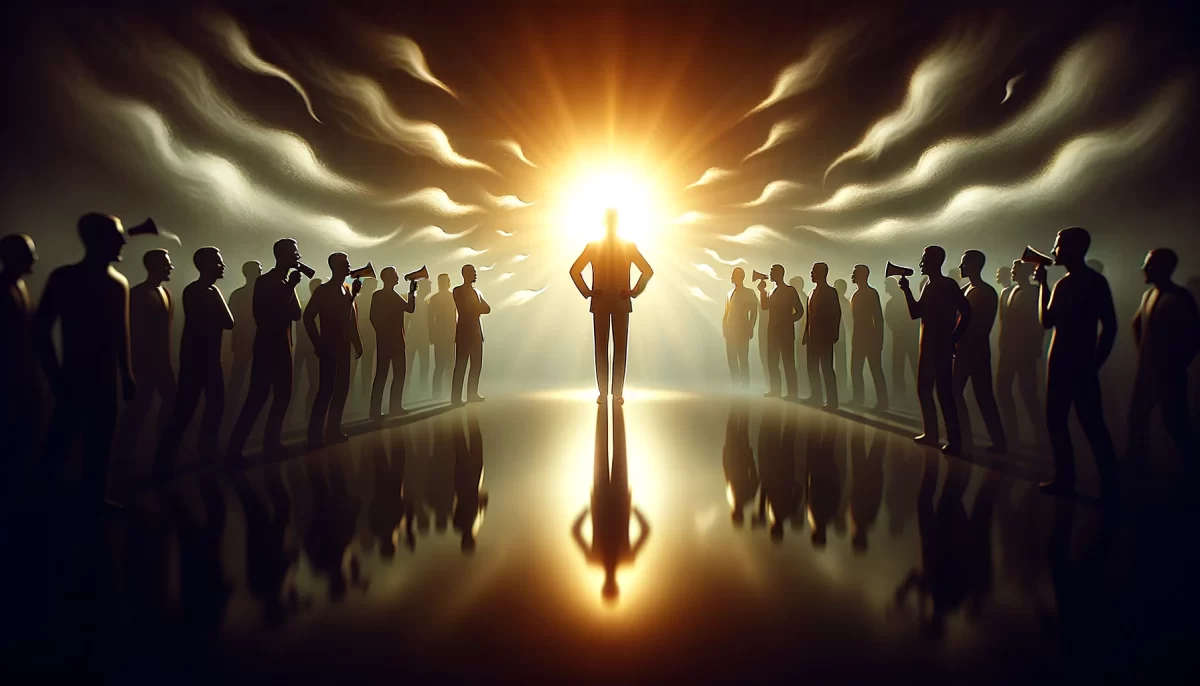
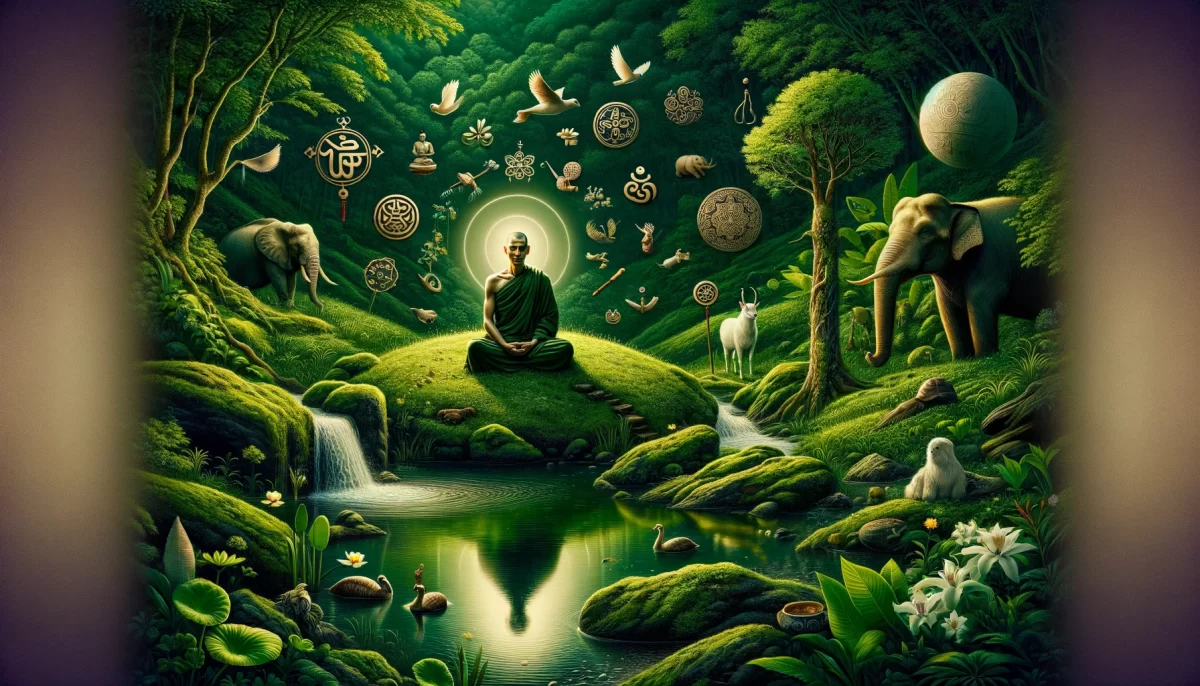
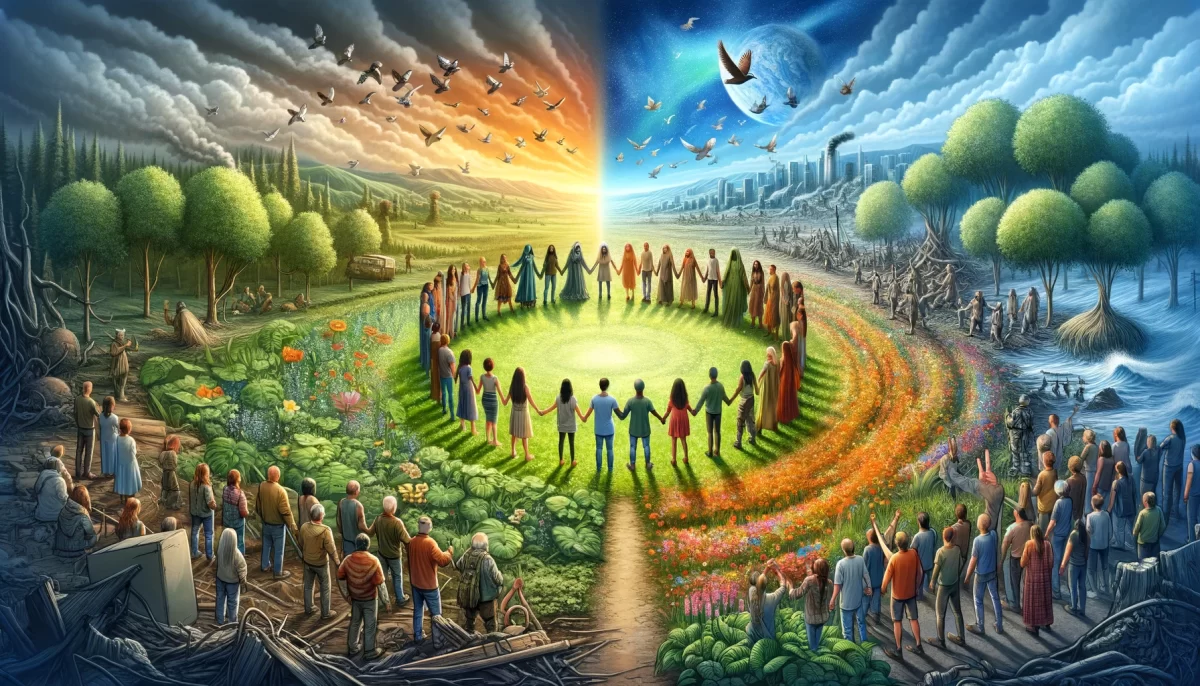
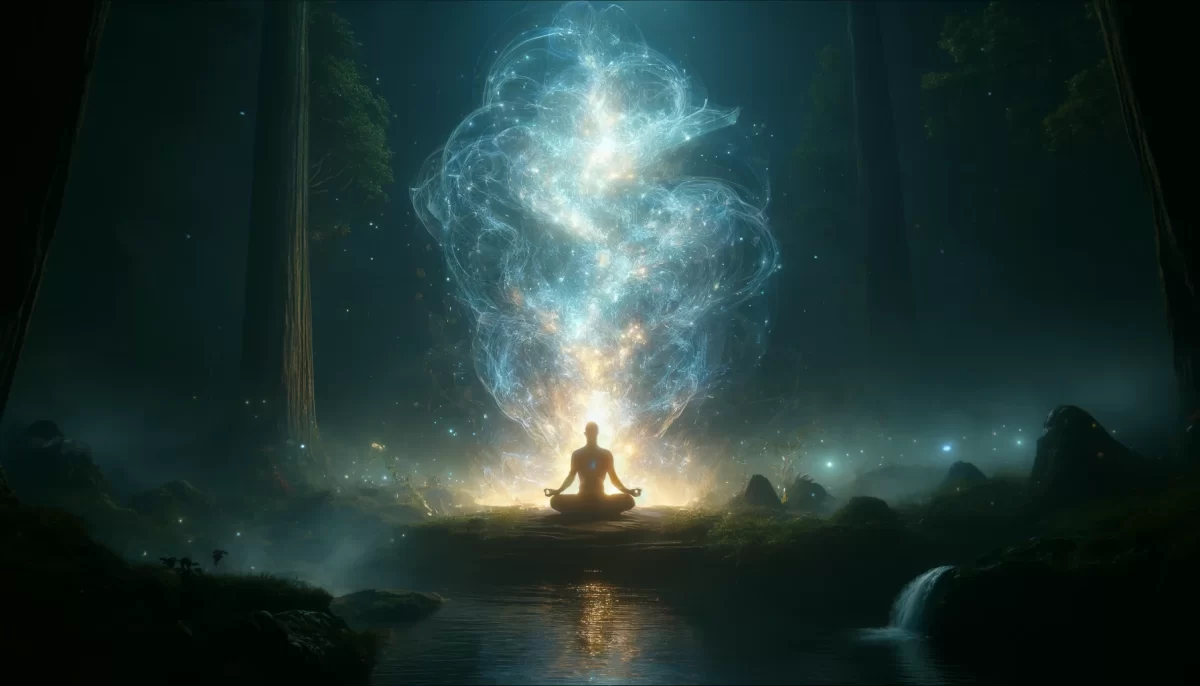
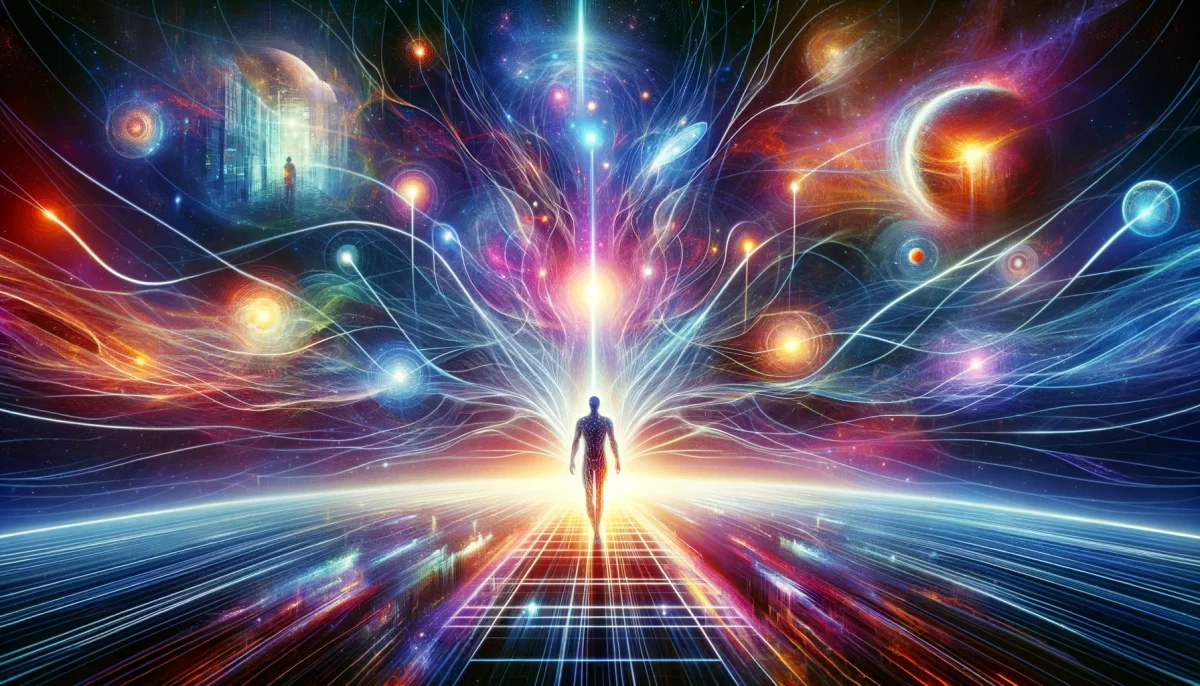
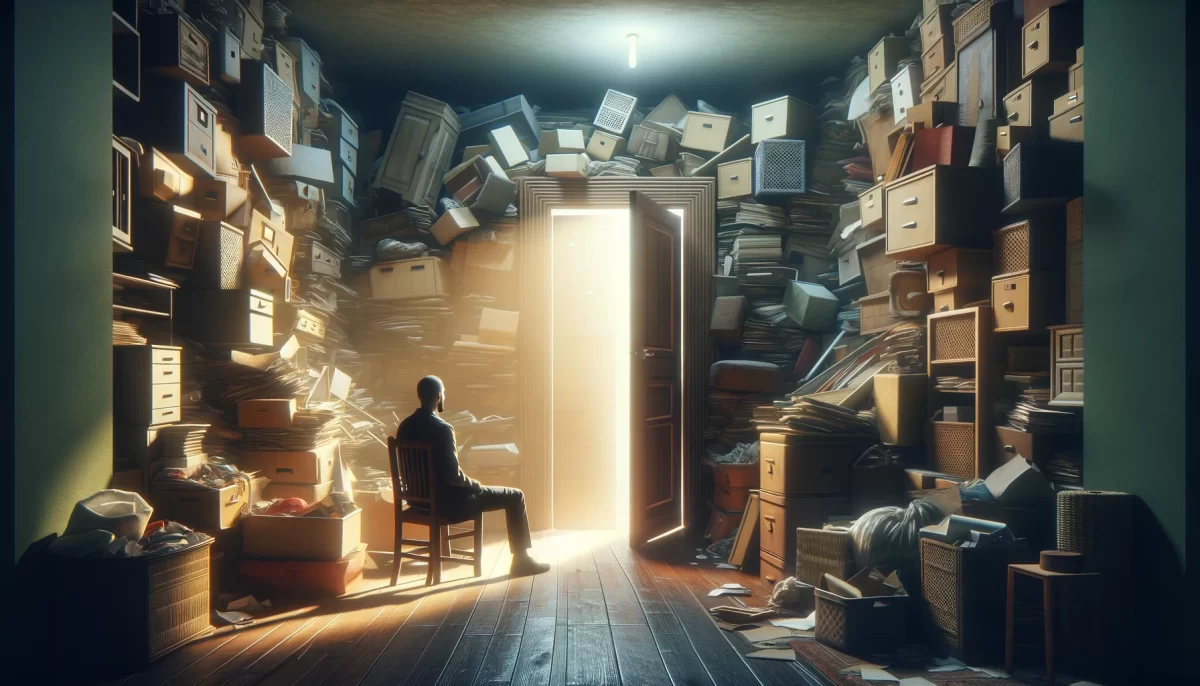
In the context of TWIN (The World is Now) and the poem “Had To Be There,” we can analyze the following:
The poem emphasizes the difficulty of accurately perceiving and understanding past events from the perspective of the present. It acknowledges that our current mindset, knowledge, and societal context shape our interpretation of the past. As a result, what was considered normal in the past may appear unthinkable in the present. In the context of TWIN, this highlights the subjective nature of historical understanding and the challenges of fully grasping the experiences of those who lived before us.
The speaker suggests that we often make the mistake of judging the past based on our present understanding. We attempt to squeeze the past through the distortion of time, applying our current biases and perceptions to events that no longer exist. Consequently, we may attribute blame to the past for what we perceive as happening in the present. This notion cautions against oversimplifying historical events and encourages us to critically examine the complexities and nuances of the past. In the TWIN context, it emphasizes the need for a nuanced understanding of history and an awareness of the limitations of our present viewpoint.
The poem highlights the idea that as we reinterpret the past, we create a new version of it that becomes further removed from the original experience. This process of constant reinterpretation also introduces emotions such as fondness or hatred, which shape our understanding of the past. It implies that our memory of the past is not static, but rather subject to ongoing reinterpretation. In the context of TWIN, this suggests that our understanding of history is not fixed and can evolve as we gain new insights and perspectives.
The poem concludes by asserting the importance of being present in the past. The phrase “You had to be there” implies that to fully understand the past, we need to immerse ourselves in the context and experiences of that time. It emphasizes the significance of staying connected to the past rather than merely viewing it from a distance. This notion aligns with the idea that by engaging with history and understanding the past on its own terms, we can develop a more comprehensive and accurate understanding of our present reality. In the TWIN context, this encourages us to approach history with empathy and openness, acknowledging the lived experiences of others and their impact on our current world.
Overall, the poem underscores the challenges of comprehending the past from the vantage point of the present. It cautions against simplifying historical events and encourages us to embrace a more nuanced and empathetic understanding of history. In the context of TWIN, it highlights the importance of recognizing our own biases and limitations when engaging with the past, while also valuing the unique experiences of those who came before us.